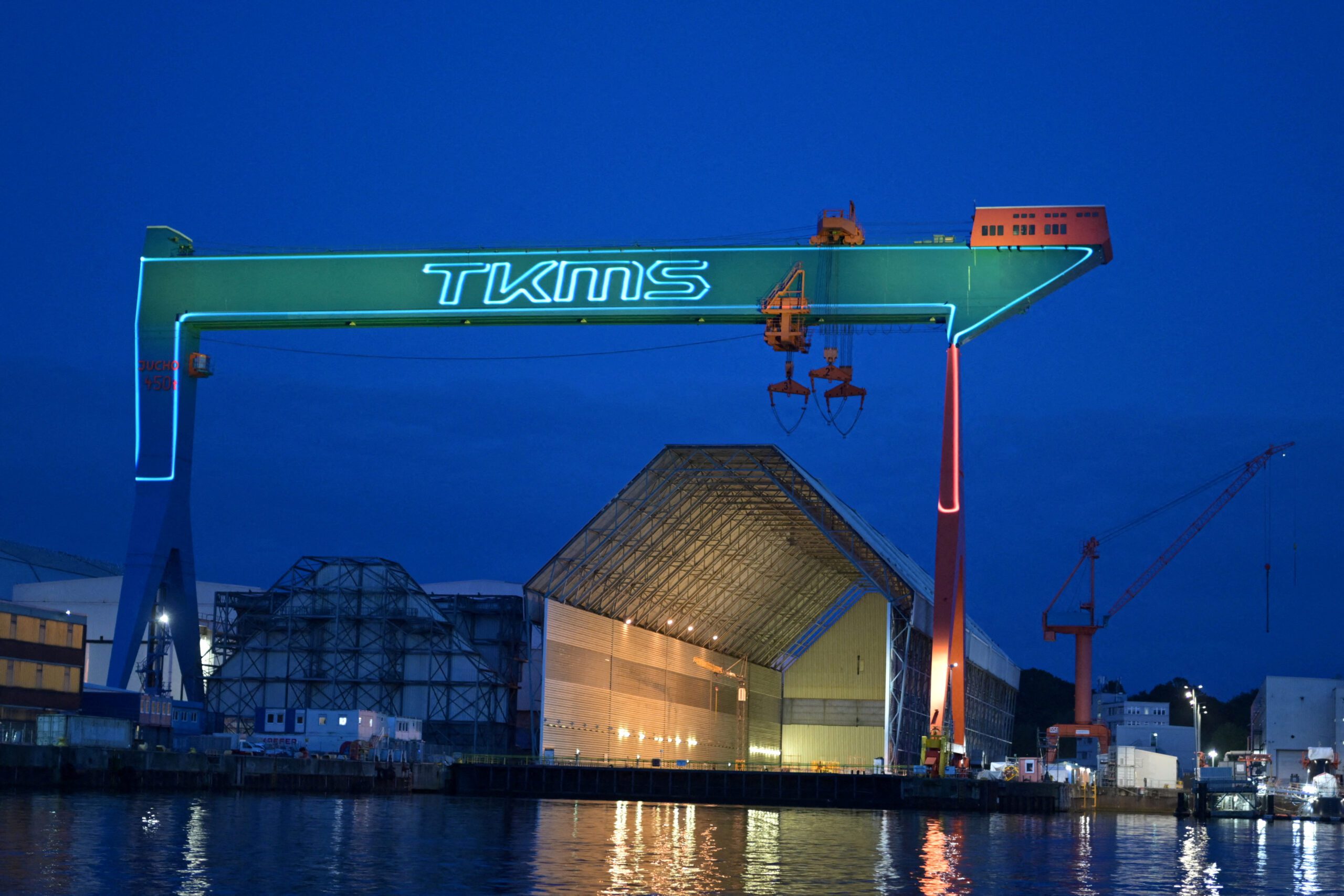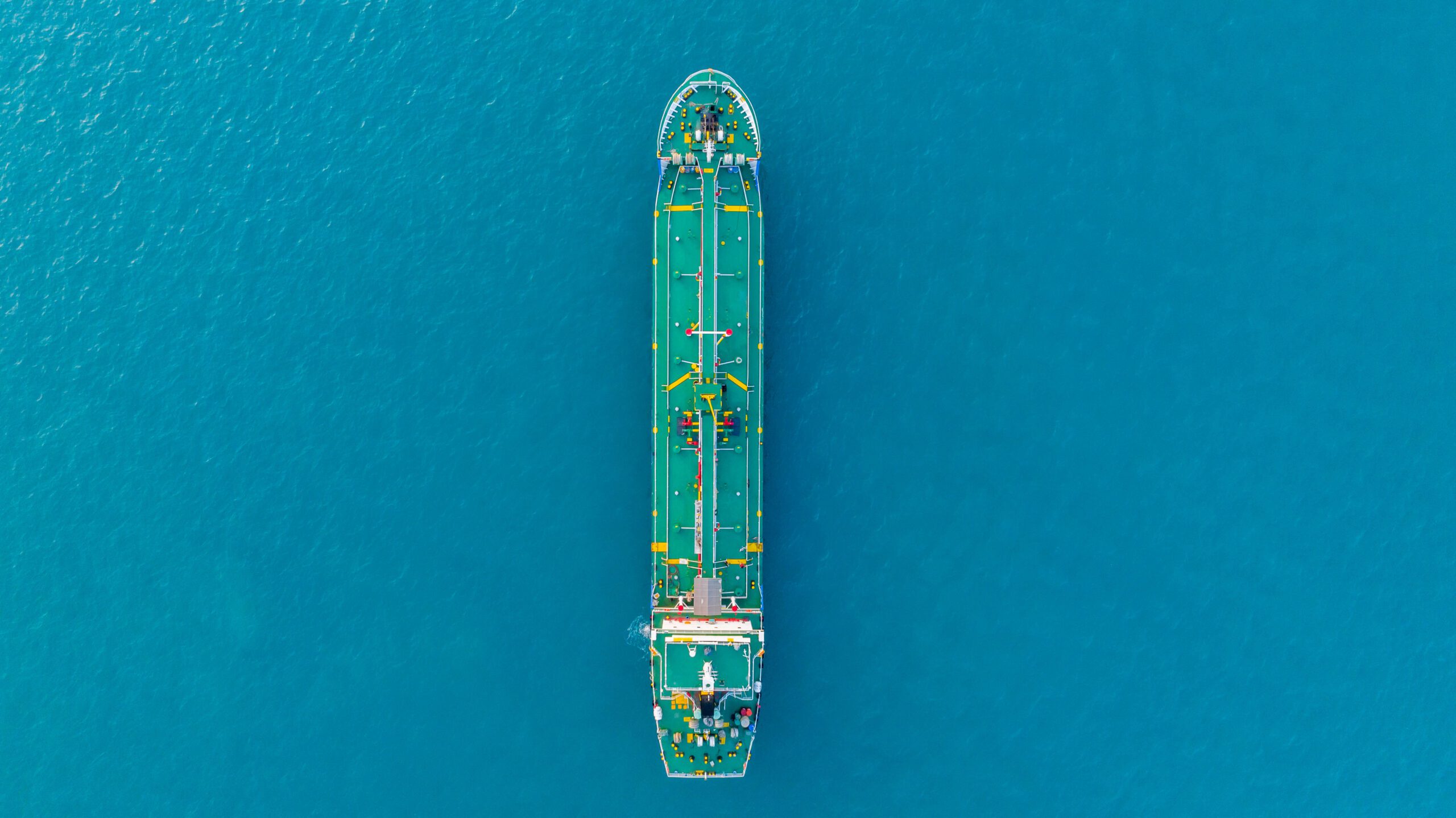Despite a decline in transits through the drought-hit Panama Canal for most shipping sectors, containerships are maintaining transit levels largely due to the reduction in competition from other sectors, according to UK-based Drewry Shipping Consultancy.
Faced with Panama’s worst drought in decades, the Panama Canal Authority (ACP) has been implementing draft and daily transit restrictions since March 2023 to preserve water levels in the canal’s watershed, which supplies half of Panama’s population. The restrictions have limited the number of ships that can use the waterway each day.
The latest monthly data from the ACP shows December 2023 saw a 25% drop in transits compared to October 2023, with only 746 transits compared to 1,002. This represents a 42% year-on-year decline from December 2022’s 1,281 transits.
Reversing an earlier decision to reduce the number of daily transits further, the ACP increased the number of daily transits to 24 starting this month, from 22 previously, which is still significantly lower than the 35-40+ daily transits prior to the restrictions last year.
Drewry points out that containerships have mostly avoided the long queues and expensive transit auctions at the Panama Canal due to a pre-booking system. The increase in daily transits to 24 still presents a challenge for containerships, which saw per day transits drop to an average of 7.4 in both November and December, down from 8.4 in October.
However, Drewry notes that this is close to recent historical average daily transits for containerships, which were 7.7 in Fiscal Year 2022 and 7.6 in Fiscal Year 2023, according to the ACP. Meanwhile, containerships’ share of total monthly transits rose to 30.6% in December, a significant increase from the previous 19.8% share in the ACP’s two previous fiscal years.
“Effectively, containerships are finding it easier to reserve slots as some other sectors (most obviously dry bulk) continue to vacate the route, even if carriers would like more,” Drewry said in its update.
“The situation is obviously very fluid and further draft restrictions could be announced at any time, but it seems that for containerships at least, the Panama Canal bottleneck is proving much less restrictive than it might otherwise have been,” Drewry concluded.

 Join The Club
Join The Club










